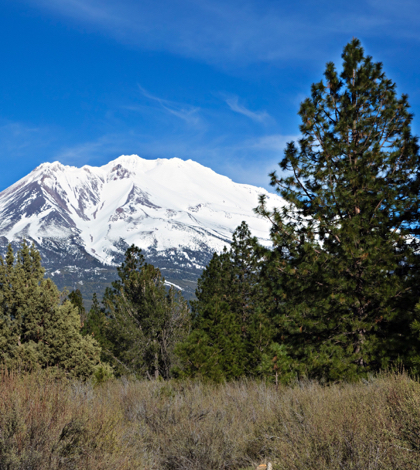The multi-year concern over California’s unrelenting drought has clearly turned a corner thanks to plentiful precipitation in virtually all areas of the state. However, concern now focuses on the anticipated massive water runoff resulting in this year’s near record snowpack in the Eastern Sierra.
The Los Angeles Department of Water and Power (LADWP) is now working to prepare and manage the extremely high runoff. Work began in late February after Los Angeles Mayor Eric Garcetti issued an Emergency Declaration which allowed the LADWP to take immediate steps to protect the infrastructure along the aqueduct and on Owens Lake to aid in managing flood waters while also protecting public safety. Inyo County has issued a similar declaration.
“The extreme snowpack in the Eastern Sierra mountains creates excessive runoff,” said Richard Harasick, LADWP senior assistant general manager of water. “We are doing everything possible to protect the people, property, and LADWP infrastructure in the Owens Valley, while at the same time maximizing aqueduct water supply to the City of Los Angeles, and save as much of the water to recharge the Owens Valley Aquifer for future use.”
Flood control activities in the Owens Valley have included partnering with Inyo County, the Inyo Sheriff’s Department, the city of Bishop Police Department, Cal-Trans, Southern California Edison and others. These agencies and LADWP are members of the Inyo County Interagency Emergency Preparation team.
To fully maximize the beneficial use of the Eastern Sierra runoff water LADWP is spreading water throughout the aqueduct system to replenish local groundwater aquifers. Currently the spreading is moderate and is anticipated to increase as runoff occurs in larger quantities later this spring and summer. LADWP is lowering reservoirs to create more storage space for runoff water and is maximizing flows to the city of Los Angeles with aqueduct water in place of purchased water and groundwater wherever possible.
Water that exceeds what can be spread to recharge the Owens Valley aquifer and which does not make it into the LA Aqueduct system will end up on the Owens Lakebed. The lakebed is the natural terminus point for the Owens Rivers and the excess water will be added to the existing 30 sq. miles of saline brine pools. This is expected to cause significant flood damage to the dust control infrastructure managed and constructed by LADWP over the past 17 years. These dust control measures, spread over nearly 50 sq. miles of dried lake, have effectively reduced dust pollution in the area by 96 percent. Damage to these dust control areas could result in increased air pollution that could threaten the health of the public after the runoff evaporates in 12 to 18 months.
LADWP’s Harasick spoke encouragingly of this possible scenario saying, “I believe the men and women of LADWP, in cooperation with other partners, are uniquely qualified to meet this challenge.”
 California Water News Daily Your Source For Water News in California
California Water News Daily Your Source For Water News in California


